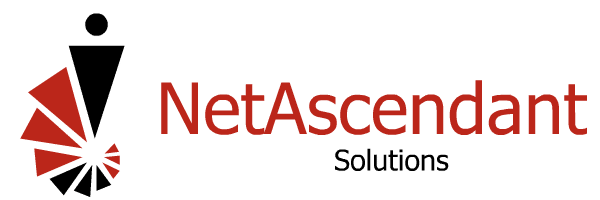Five Tips for Improving Work-Life Balance in 2025 and Beyond
Work-life balance has been a hot topic in recent years as employees seek harmony between their jobs and their personal and family priorities. The trend took off in earnest after the pandemic, as work-from-home models gave employees a new perspective on the traditional business day. The “always-on” nature of technology has also compelled people to take a step back and try to gain more control over their work schedules.
Despite all the attention given to work-life balance, it often proves to be an elusive goal. The hyper-competitive nature of business puts pressure on employees to maintain peak performance. The persistent global talent shortage has left many organizations short-staffed, adding to the burden. A 2023 ManpowerGroup study found that 75 percent of employers worldwide are struggling to fill roles.
Still, it is possible to improve work-life balance while meeting company expectations and working toward career goals. Consider the following tips:
Determine what is wrong and what is right. You cannot develop a work-life balance strategy without taking a step back to assess the current state of affairs. What is causing the most stress and imbalance? How is that affecting my job performance? What are my priorities? What am I doing to achieve those objectives? Answering these and other questions will provide a framework for making adjustments.
Manage your time wisely. Most workers spend a large chunk of their workday on mundane, repetitive tasks such as checking email and entering data. As part of your assessment, identify areas where you can streamline these tasks to provide more time for high-level, intellectually stimulating work.
Set boundaries and expectations. Stress and overwork can sap productivity, so it is important to set aside time to re-balance and recharge. Whether it is a yoga class, exercise routine or simply plenty of good sleep, make it clear that these are priorities.
Take advantage of technology. There are a number of tools you can use to help prioritize tasks, organize work processes and reduce calendar and email overload. Simply customizing notifications on your devices and apps can go a long way toward helping you achieve work-life balance.
Remember that it is a process. A Harvard Business Review study found that employees who were most successful at work-life balance viewed it as an ongoing process. It is a matter of being self-aware and adjusting your strategies as work and life circumstances change.

